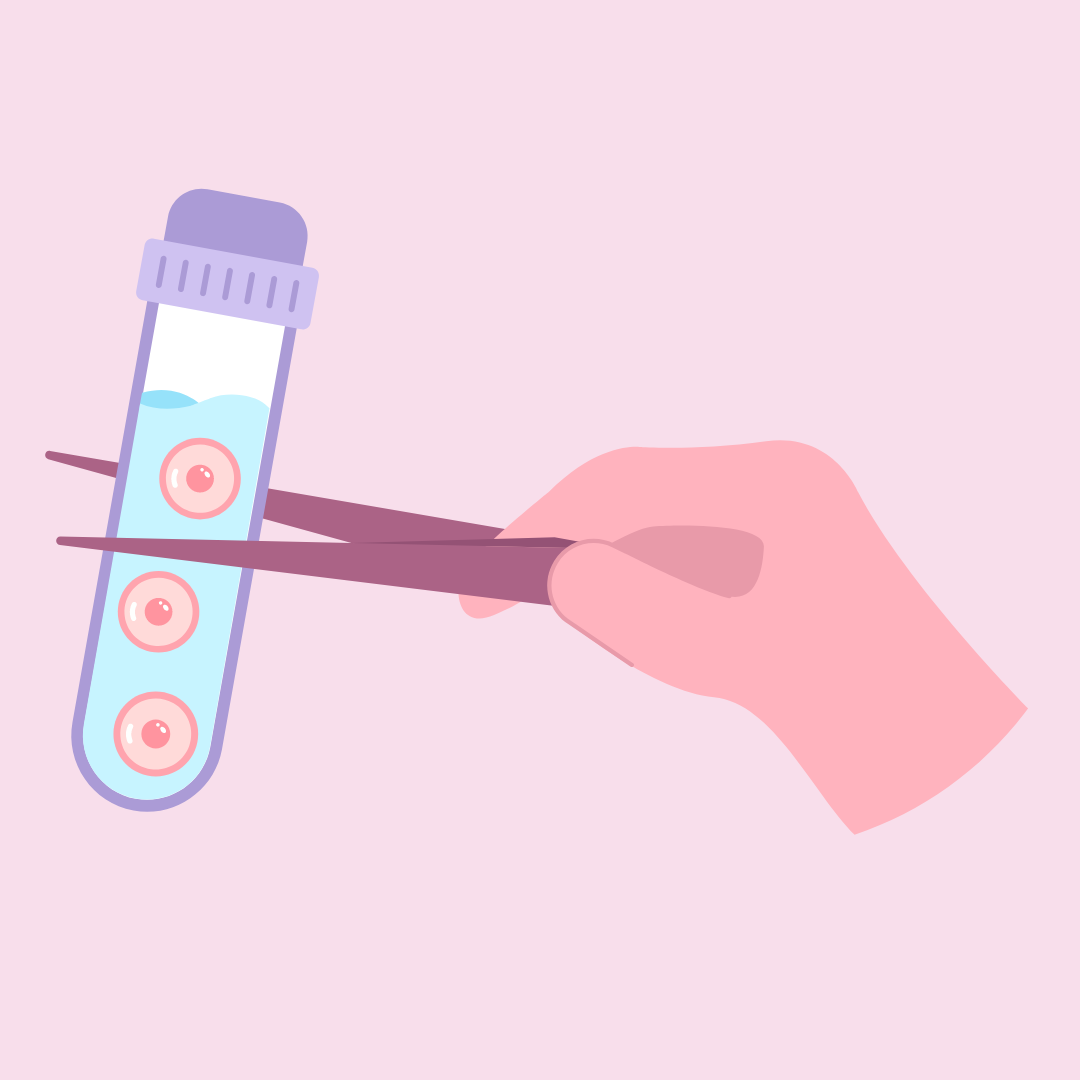Aggregated News

This week we heard that eight babies have been born in the UK following an experimental form of IVF that involves DNA from three people. The approach was used to prevent women with genetic mutations from passing mitochondrial diseases to their children. You can read all about the results, and the reception to them, here.
But these eight babies aren’t the first “three-parent” children out there. Over the last decade, several teams have been using variations of this approach to help people have babies. This week, let’s consider the other babies born from three-person IVF.
I can’t go any further without talking about the term we use to describe these children. Journalists, myself included, have called them “three-parent babies” because they are created using DNA from three people.Journalists, myself included, have called them “three-parent babies” because they are created using DNA from three people.
Briefly, the approach typically involves using the DNA from the nuclei of the intended parents’ egg and sperm cells. That’s where most of the DNA in a cell is found.
But it also makes use...



